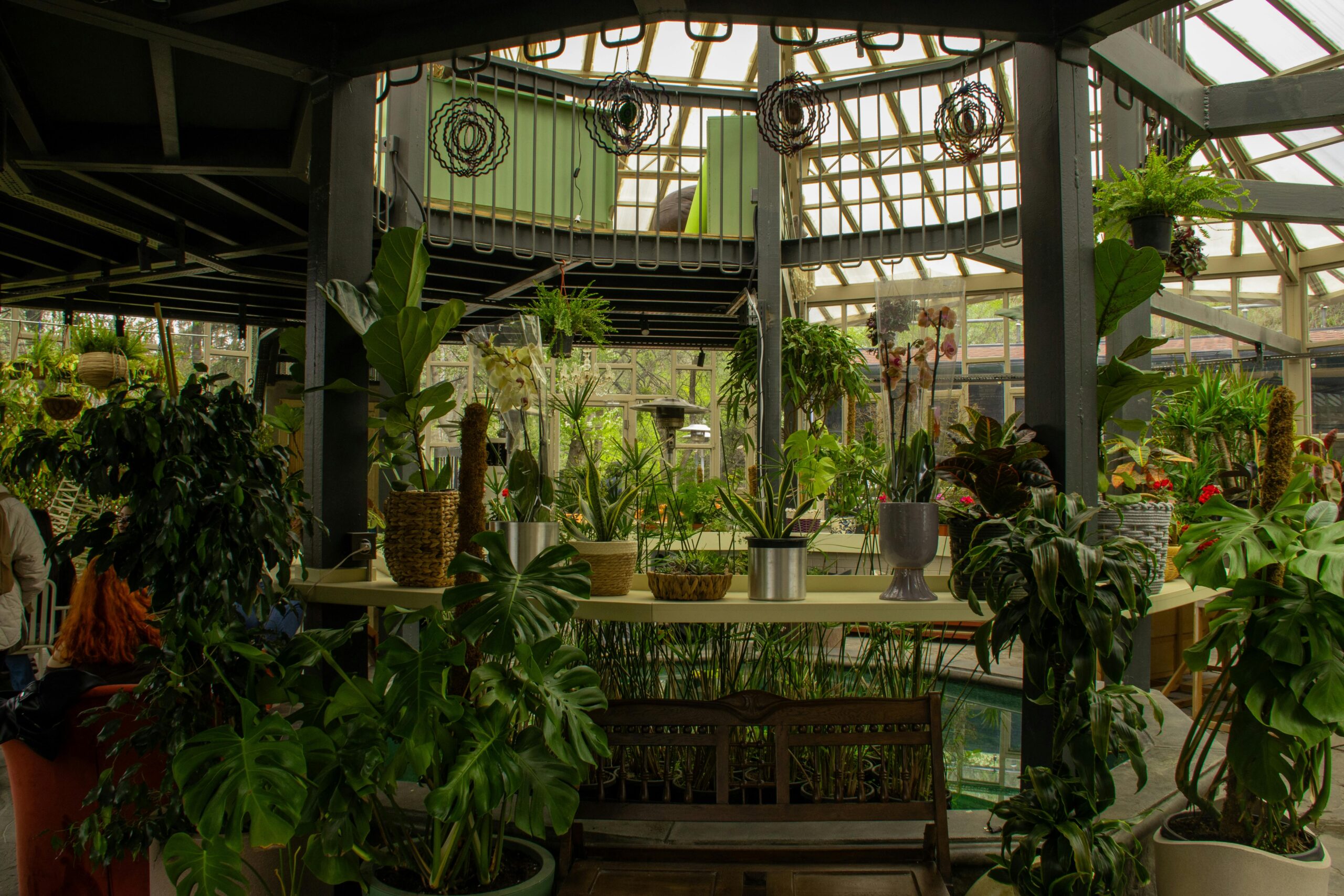Introduction to Awnings and Overhangs
Outdoor spaces offer a unique opportunity to extend the living areas of a home, providing a place for relaxation, entertainment, and enjoyment of nature. Awnings and overhangs play a crucial role in enhancing these spaces, offering protection from the elements while adding aesthetic value. By incorporating these structures, homeowners can create versatile environments that are both functional and visually appealing.
Awnings and overhangs come in various designs and materials, allowing for customization to suit different architectural styles and personal preferences. Whether it’s a retractable awning for a patio or a fixed overhang for a porch, these additions can significantly impact the usability and comfort of outdoor areas. This article explores the various aspects of using awnings and overhangs to enhance outdoor spaces, providing insights into design considerations, material choices, and practical benefits.
Design Considerations for Awnings and Overhangs
When planning to enhance outdoor spaces with awnings and overhangs, design considerations are paramount. The first step is to assess the space where the structure will be installed. Consider the size, orientation, and existing architectural elements to ensure a harmonious integration. The goal is to create a seamless transition between indoor and outdoor areas, enhancing both functionality and aesthetics.
Material selection is another critical factor. Awnings are available in various materials, including fabric, metal, and wood. Each material offers distinct advantages and can influence the overall look and durability of the structure. For instance, fabric awnings provide flexibility in design and color options, while metal awnings offer durability and a modern appearance. Wood, on the other hand, adds a natural touch, blending seamlessly with garden settings.
Additionally, consider the functionality of the awning or overhang. Retractable awnings offer versatility, allowing users to adjust coverage based on weather conditions. Fixed overhangs, however, provide permanent protection and can be designed to complement the architectural style of the home. Incorporating features such as lighting or heating elements can further enhance the usability of the space, making it suitable for year-round use.
Practical Benefits of Awnings and Overhangs
The practical benefits of incorporating awnings and overhangs into outdoor spaces are numerous. One of the primary advantages is protection from the sun and rain, allowing for comfortable use of the space regardless of the weather. By providing shade, awnings can reduce indoor temperatures, leading to energy savings by minimizing the need for air conditioning.
Awnings and overhangs also contribute to the protection of outdoor furniture and flooring from UV damage and weather exposure. This prolongs the life of outdoor furnishings and reduces maintenance costs. Furthermore, these structures can enhance privacy, creating an intimate setting for gatherings or relaxation.
In terms of aesthetic appeal, awnings and overhangs can add character and charm to a property. They can be used to highlight architectural features or create focal points in the landscape. With a wide range of styles and colors available, homeowners can personalize their outdoor spaces to reflect their tastes and preferences, enhancing curb appeal and potentially increasing property value.






